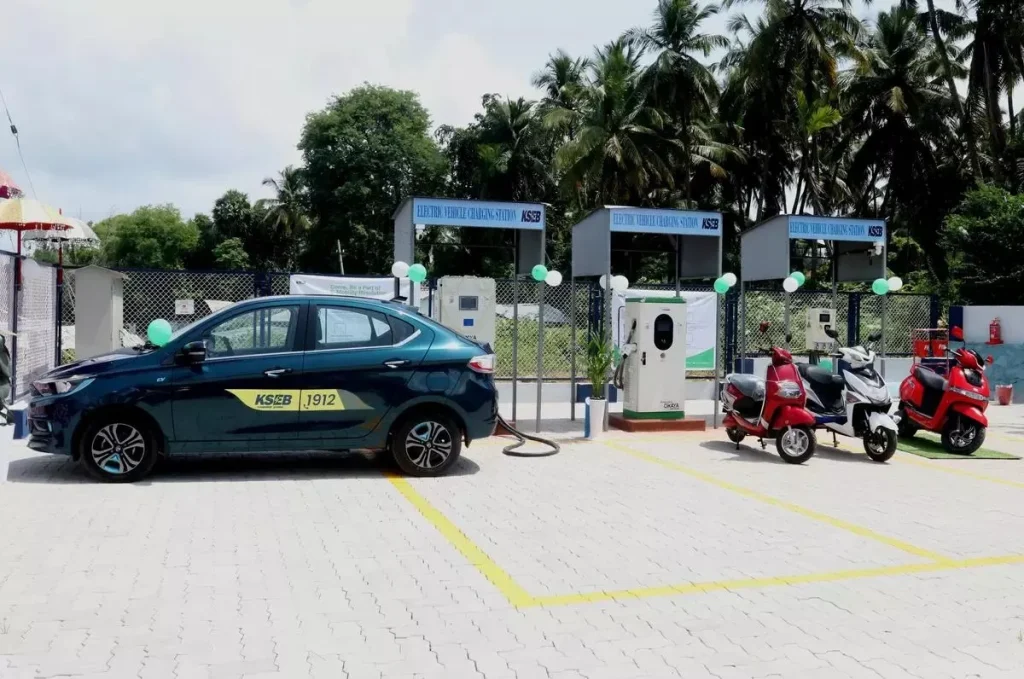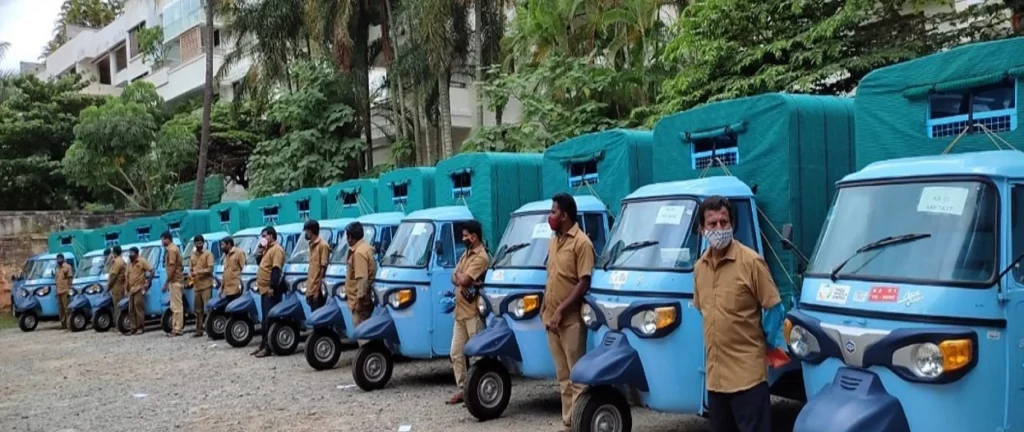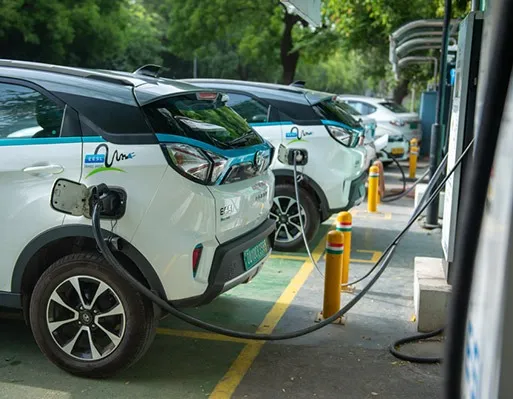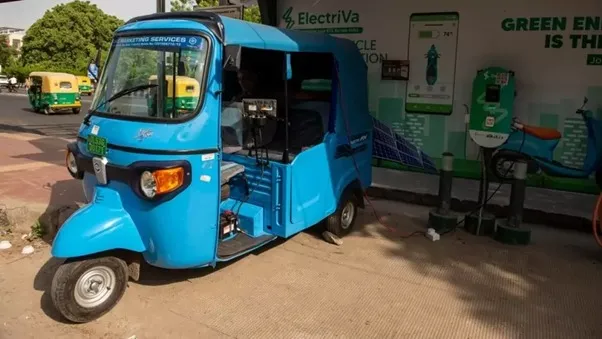India’s shift to electric vehicles (EVs) is picking up speed—but in different ways across states. A recent report by BNP Paribas shows Kerala and Delhi as standout performers in two different EV categories.

In March 2025, Kerala recorded the highest electric car penetration in India at 9.1%, way above the national average of 2.9%. The state’s rising EV numbers are driven by several factors: people in Kerala have higher disposable incomes, a strong preference for premium products, and live mostly in individual homes—making EV charging at home easier. Power costs are also lower than in big cities like Mumbai. These advantages, along with smooth traffic and an existing “car culture,” have helped make EVs popular in the state.

Meanwhile, Delhi has nearly electrified its entire fleet of three-wheelers, with a massive 86.3% penetration in March 2025. The city’s bad air quality pushed the government to act fast, giving big incentives for electric autos and making space for more charging points. Delhi’s wide layout—thanks to fewer high-rise buildings—has also helped make this possible.

Other top states include Uttar Pradesh and Punjab for electric three-wheelers, and Karnataka and West Bengal for electric cars. But some states like Gujarat are still far behind.
Nationally, the electric three-wheeler (E3W) segment is leading India’s EV journey, with a penetration rate of 59.3%. Lower running costs and policy support have made these vehicles a smart choice for fleet owners. Companies like Mahindra and Bajaj Auto are top players in this space.

As more EVs roll out in 2025—including Maruti Suzuki’s first electric car—India’s EV story is just getting started. Kerala and Delhi are showing how regional strengths and policies can shape the future of green mobility.
